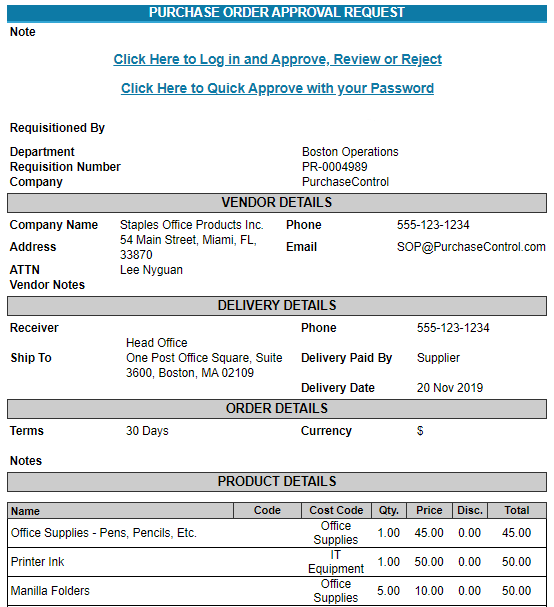


What’s interesting is that, at the time, we did not have this scenario in mind. So, we ended up with a variety of banks that we could transfer our money to. And being a procurement nerd, I understood the importance of shopping around the many banks with liquidity options for the best rates. By design, we have multiple banks set up, not necessarily for this reason, but because we, like all organizations, have capital. “My reflection on this,” he told us, “is that good procurement practice pays off. In other words, you need supplier diversity. You have to have multiple bank accounts setup. But of course, in order to do this, you have to be prepared. He did this by splitting the transfers into smaller chunks and wiring them piecemeal. He also talked to CFO about the need for good communication during a transitionary time and the need for CFO leadership with a panoramic view of AP/AR and suppliers courtesy of the CPO.Īs he stated, when the situation with SVB became apparent, he followed his procurement instincts, quickly carried out a supplier failure risk assessment and settled on the best outcome: move his funds. When something like a run on a bank or instability in financial institutions becomes apparent, it is the organizations with the foresight and the agility to act that emerge unscathed.īut you can only act quickly in the face of supplier failure if you have the right set-up in place, including alternative suppliers, that allows you to be agile.ĬPO turned CEO Anders Lillevik (founder of procurement solutions, Focal Point) talked in a recent LinkedIn post about how his organization’s procurement roots helped them to manage the tricky SVB situation. With its forte in supplier management and a propensity for detecting potential third-party failures that can put the organization at unnecessary or increased risk, Procurement has a vantage point from which it has much to offer the c-suite, particularly the CFO.

The recent Silicon Valley Bank (SVB) events have conspired to show organizations just how important it is to manage them strategically, in a manner no different from that of any other critical supplier, employing supplier risk, supplier relationship and supplier performance management processes to do so effectively. A bank is a supplier, albeit a highly strategic one.


 0 kommentar(er)
0 kommentar(er)
